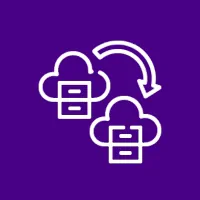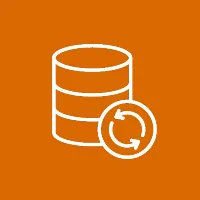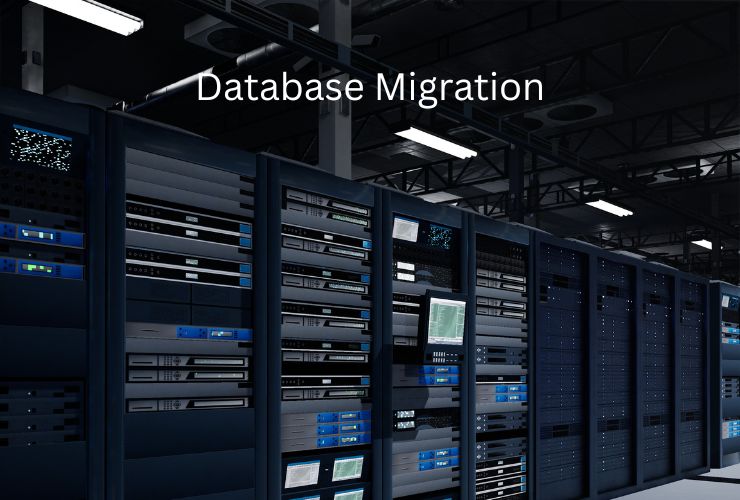In our digital-first world, any downtime is expensive; it costs both revenue and trust. Many organizations with mission-critical applications cannot afford any service interruptions during database migrations. By implementing “zero-downtime” strategies for database migrations, organizations can migrate their databases to new systems, platforms, or cloud environments without impacting user experience. In this blog, we discuss a range of proven strategies, tools, and best practices that can help organizations migrate databases without downtime.
Why is Zero Downtime Important?
While it is perhaps evident, database downtime affects more than just the IT department. Any downtime carries the potential to impact brand image and customer trust.
Customer Experience – Obviously, downtime = a bad experience for customers. It can lead to frustration, abandoned transactions, and an overall negative perception of the brand. In eCommerce or banking, even a couple of minutes of outage can cause users to migrate to competitors.
Business Continuity – In industries like healthcare, finance, logistics, and eCommerce where systems are critical to rapid performance, there is no downtime. Always-on availability is top priority.
Revenue Protection – As reported by Gartner, the average cost of IT downtime is $5,600 per minute. In other words, each second of downtime directly translates to lost business.
Competitive Advantage – Organizations that can execute migrations without any impact will stand-head-and-shoulders above all businesses as reliability organizations, which earns customer trust and reduces churn.
Key Zero Downtime Migration Strategies
1. Blue-Green deployment
You will be running two environments (Blue = current and Green = new) ready for traffic. Once the new database is ready to accept traffic, traffic directs the new database. If any issues arise, you can choose to move traffic back to the old, rollback. This strategy is most useful for large enterprises when a rollback is needed instantly.
2. Replication & synchronization
This strategy uses replication (logical or physical) to keep the databases in sync while are waiting to onto the newly migrated. Once the databases are in sync, you gradually shift traffic to the new database. Replication tools, such as Oracle GoldenGate, AWS DMS, and Debezium, offer compelling support to marketplace systems as their back end migration strategy.
3. Database sharding & partition
This strategy will allow the entire database to be sharded into pieces (shards or partitions), and then instead of migrating the database as a whole, you migrate parts of the database. This lowers the risk of downtime and migrating the entire database while users are still online.
4. Feature flags & phased rollouts
Feature flags are a way to funnel subset of users through the changes based on particular features. As changes are enacted over the database and minimally disrupt user experiences it allows you to expose the changes gradually based on no more issues being discovered in the database after a certain user threshold.
5. Dual-write & change data capture (CDC)
Due to most applications being configured to write to both old and new databases, applications can execute dual-write (or would it be called simultaneous writes?). The new system must be verified as fully functional and working correctly before traffic is accepted. CDC can guarantee and address data loss by keeping changes to either database during the migration execution.
Successful Migration with a Zero Downtime strategy — Best Practices
- Pre-Migration Testing – Put in place scenarios in a staging environment to prepare for issues that may occur.
- Data Integrity Confirmation – Checksums, row-count comparisons, and audit logs establish no data corruption or loss occurred
- Monitoring & Alerts – Using observability tools like Prometheus, Grafana or Datadog, validate the performance of the migration.
- Automated Rollback Procedures – Always have rollback scripts for failure cases you did not envisage.
- Compliance & Security – The transition must respect all regulations like GDPR, HIPAA, PCI DSS, and other compliance mandates. There are likely technology based techniques to encrypt or mask your sensitive data.
- Cross Team Collaboration – Significant planning must occur between DBAs, developers, DevOps and security teams to ensure a successful cutover.
Real-World Use Cases
- E-Commerce – Online retailers migrate product catalogs and checkout systems to future state cloud databases while continuing to sell on their current state application
- Banking & Financial Services – Core banking systems must always be available 24/7. A zero downtime migration enables upgrades to infrastructure while maintaining security.
- Healthcare – Healthcare systems with Electronic health records and telemedicine applications must always be available.
- SaaS Applications – Multi-tenant SaaS applications migrate current users to new databases using a combination of CDC, replication, and other related capabilities.
Tools and Technologies
- Replication Technologies: Oracle GoldenGate, MySQL replication, Debezium and Pglogical
- Automation & CI/CD: Jenkins, Ansible, Liquibase and Flyway
- Monitor and Observability: Grafana, Prometheus, Splunk and Datadog
- Cloud Services: AWS DMS, Azure DMS and Google Database Migration Service
Conclusion
Zero downtime database migration strategies are no longer optional—they’re essential for businesses that prioritize availability, performance, and customer trust. By combining replication, automation, sharding, and phased rollout techniques, organizations can modernize their database infrastructure without skipping a beat. Whether moving to the cloud, upgrading to a new engine, or re-architecting for scalability, adopting zero downtime approaches ensures business continuity and long-term success.










